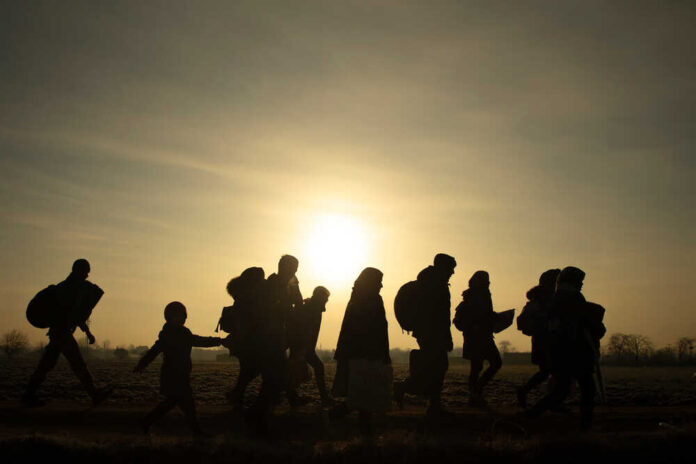U.S. Census Bureau data shows that immigration has returned to pre-pandemic levels. There are also fewer deaths. This has contributed to the sudden rise in the population during the last year.
The South was the site of 87% of the nation’s population expansion. According to the census, the region gained almost 1.4 million inhabitants in only one year. Over half a million people migrated to the South from other countries, while over 700,000 migrated elsewhere.
A modest increase in population was also seen in the West and Midwest, while the Northeast suffered a decline.
A rise in population was recorded in 42 states plus DC over the last year. The research revealed that the populations of red states Texas and Florida increased while blue states California and New York decreased.
There has been a change in the political climate and demographic balance in the US. Census data and a December YouGov survey by the Institute for Family Studies and the Ethics and Public Policy Center show that conservative-leaning states like North Carolina, Florida, Georgia, and Tennessee are witnessing substantial population growth, particularly among young families.
If the next reapportionment is based on the census, the Brennan Center predicts that blue states would lose as many as 18 seats in Congress. After the 2030 census, California is expected to lose four seats in Congress, putting it in danger of falling behind Texas in overall population before 2040. Just two states—Florida and Texas—are responsible for more than 70% of the increase in the US population since 2020.
Regardless of their political leanings, parents favor a range of pro-family measures, according to the YouGov poll. Parental property tax rebates, universal school meals, diaper tax elimination, state-funded paid parental leave, enhanced childcare vouchers for low-income families, and $5,000 education savings accounts were all initiatives for which parents voiced their support. On the other hand, the poll does show that there are some party differences. Parents leaning Democratic are more interested in initiatives that help families save money, while Republicans are more concerned with cultural concerns.
The political climate and policymaking in the years to come may be significantly affected by this pattern of population mobility and preference for policies.















